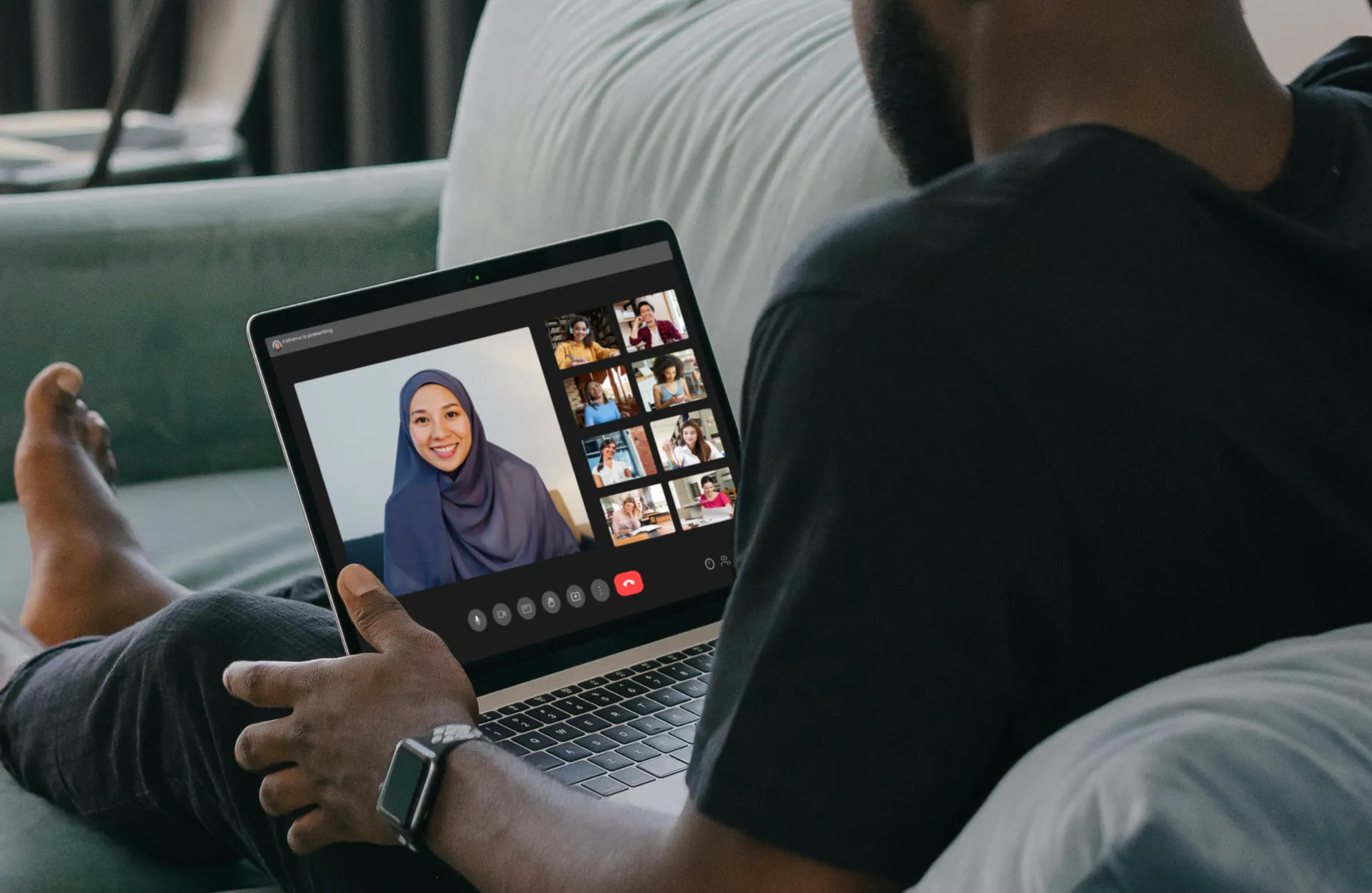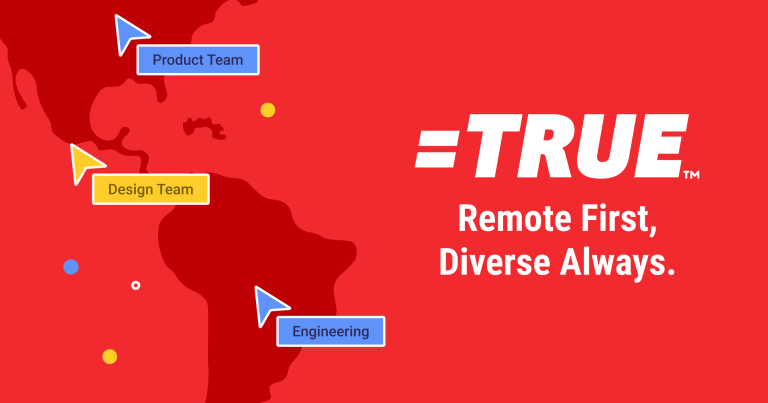What do diverse and inclusive teams look like? It seems like companies everywhere are unsure or unclear of whether they’re working on the best initiatives to become more inclusive and get to their goals. But in truth, there are different ways to approach DEIB. You can be performative or real. Obviously when you’re being real and not just setting up a photo op with members of your teams who belong to marginalized communities, you don’t need a lot of support. Because you’re unlikely going to actually implement these initiatives in your day-to-day operations.
However, for leaders who actually want to listen and support every member of their team, and even bring in new teammates from different backgrounds and experiences, there are challenges that will arise. It takes a couple of mistakes or misunderstandings before you get it right. Just remember that it’s worth having an entire team that knows their individual value and talent is recognized.
Corporate social media probably has you thinking that becoming a company with DEIB as part of its core values is easy-peasy. But it’s not. It’s rocky at first. However, working towards diversity is a road that requires being mindful and self-aware. It means asking tough questions and making even harder decisions.
Usually when we talk about DEIB we focus on how we’ll be showing stakeholders, customers, and candidates what a great business we are. Sadly, that’s one of the last steps. To be able to show that you need to do the work first. Creating and fostering an inclusive work environment means we have to know are biases and predispositions, we need to look deep inside ourselves. We definitely don’t want to outsource any emotional labor to our coworkers who are part of the very groups we are trying to wrap our arms around.
How to Start?
Well, it starts by having uncomfortable conversations. Before you go deep, you need to look inward. In order to unpack belief systems and ideas we’ve carried for a long while, and that probably don’t even belong to us but have been passed down by family and culture, we need to actually admit to having them. What is something that is ingrained in you, that became some sort of law of nature because of how much it was repeated or acted on? How can you start fresh when those thoughts haven’t been confronted?
Instead of clutching our pearls at the thought of us having racist, xenophobic, homophobic, or ableist statements running like a program inside our head, it’s important that we acknowledge and grow from there. Don’t just hire a DEIB consultant that you won’t even listen to. Start doing your own internal work so that their requests or suggestions don’t become a nuisance or menial task, but actually part of your internal operating processes.
Make it part of your quarter goals or KPIs. Have a measure for accountability the same way you would with a product launch. Once that is in place, let’s talk about hiring practices.
Hiring Vs Tokenizing
Another easy mistake many make when they start down the path of DEIB is tokenizing. This is basically someone who only did half of their internal work. They know what they need to do, but they’re still wrestling with their biases. So the person who gets hired ends up having to carry the emotional labor for everyone who is still behind on working on their own biases. Perhaps you hire someone just because they look the part, so that you can take that great group photo that includes someone outside of what you might perceive to be the norm. And they don’t live up to their expectations. There’s two issues that might be at play. Firstly, you might be expecting them to onboard and feel right at home without actually considering how to introduce them to the team and support them. Secondly, you might be so blinded by your unprocessed biases that you simply hired someone because they were part of a minority, and by doing so you might’ve overlooked another marginalized person who actually met the qualifications for that role.
Once you actually start looking to hire a position that is open and inclusive to all backgrounds, cultures, locations, etc, we need to have a good list of qualifications. This doesn’t necessarily mean what kind of college they went to (that’s another bias) but what abilities should they demonstrate? If the selected candidate happens to have a gender identity that is outside the heteronormative standard, how can you ensure that they’ll be supported and treated fairly from day one? If the new teammate happens to be disabled, what accommodations are you willing to do? Having accessible spaces is more than just having a ramp and an accessible desk.
It’s Not that Hard
Don’t be discouraged because this article might’ve made you realize there’s still a long road ahead to get to where you want to be in terms of DEIB and unconscious bias. We all have work to do in order for DEIB to actually be implemented and a part of every company and organization. Things take time, but actually caring about it enough can be a driver to push you forward.
We all want to grow and work towards being better leaders, teammates, and people. Getting there can be tricky but it’s not impossible. Leaders can start with unconscious bias training or even creating guidelines that lead to objectivity. This can be continuously improved through feedback and looking at the results. Have these initiatives led to a more inclusive result? It’s about ensuring that the best person for the job is found, so keep that in mind when starting the search for the candidate.

Copyright © 2024 EQUALS TRUE. All Rights Reserved.





